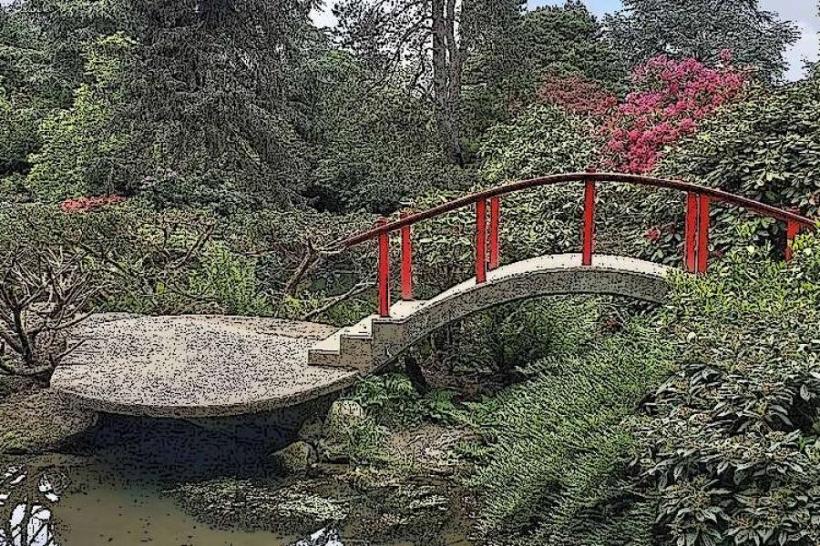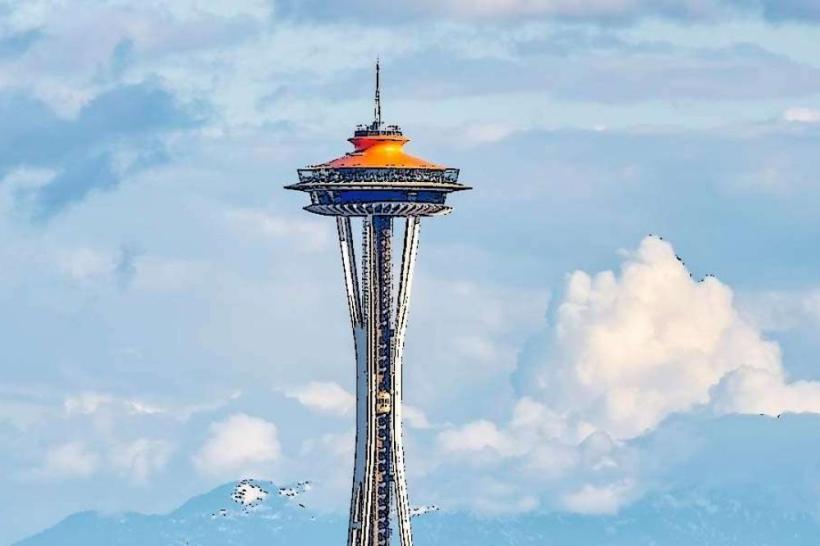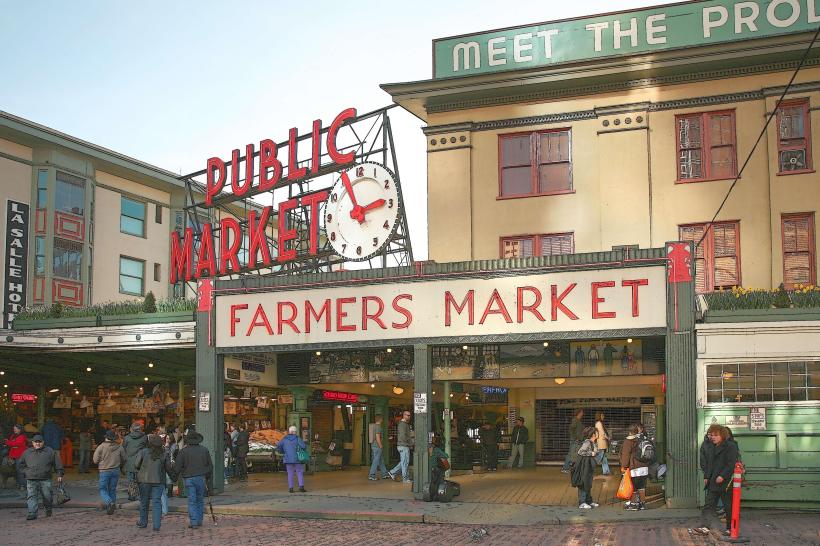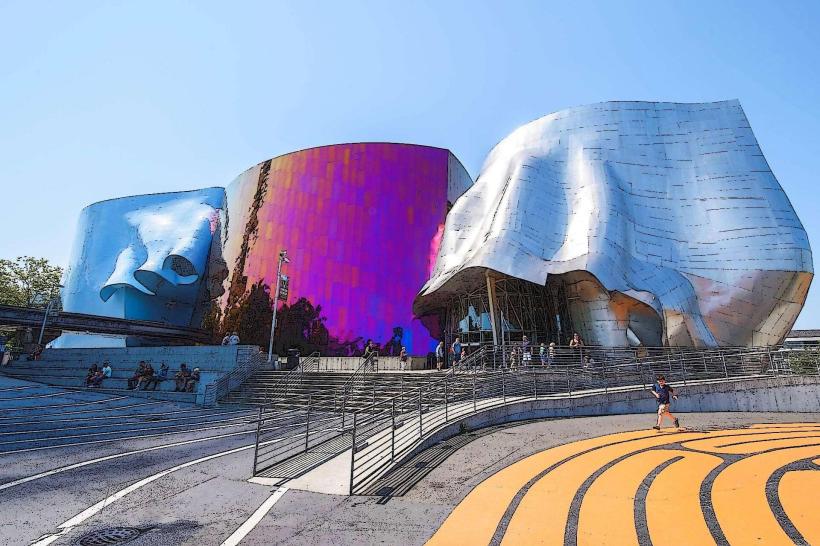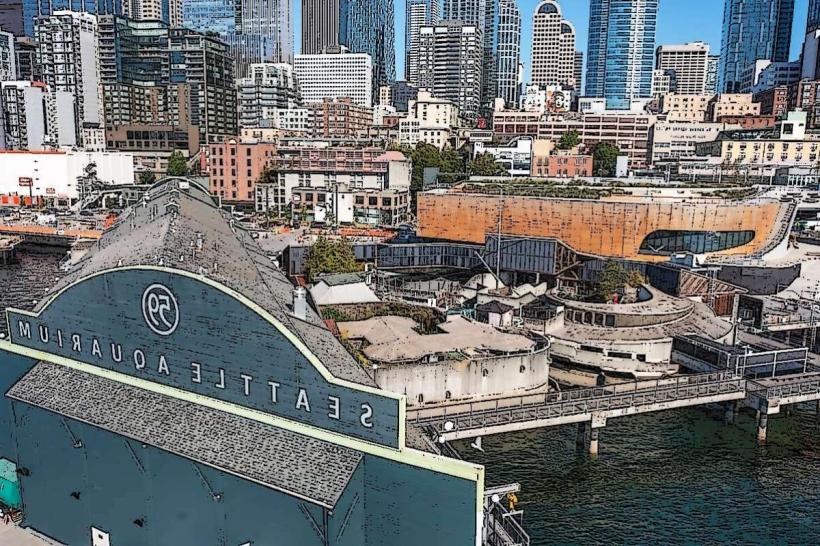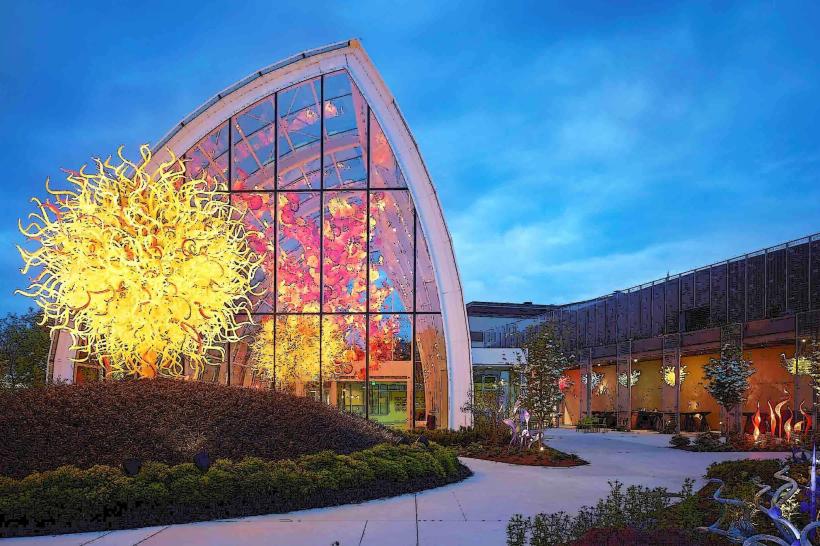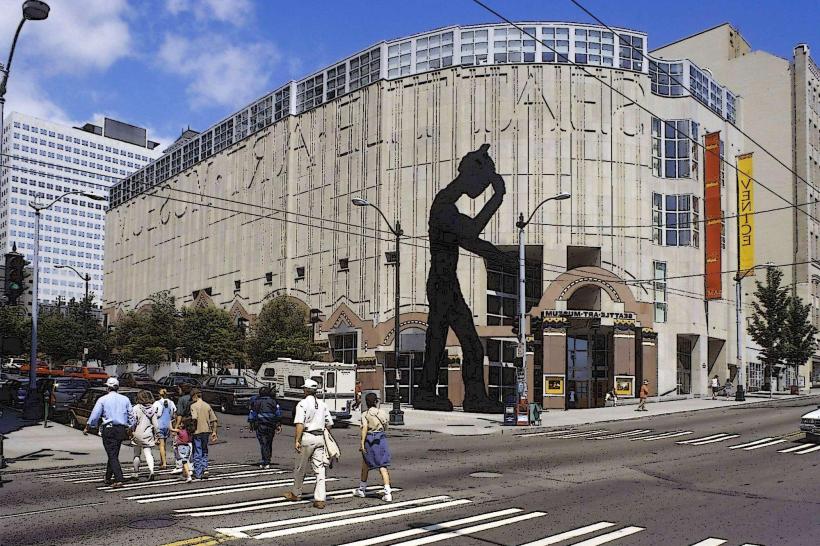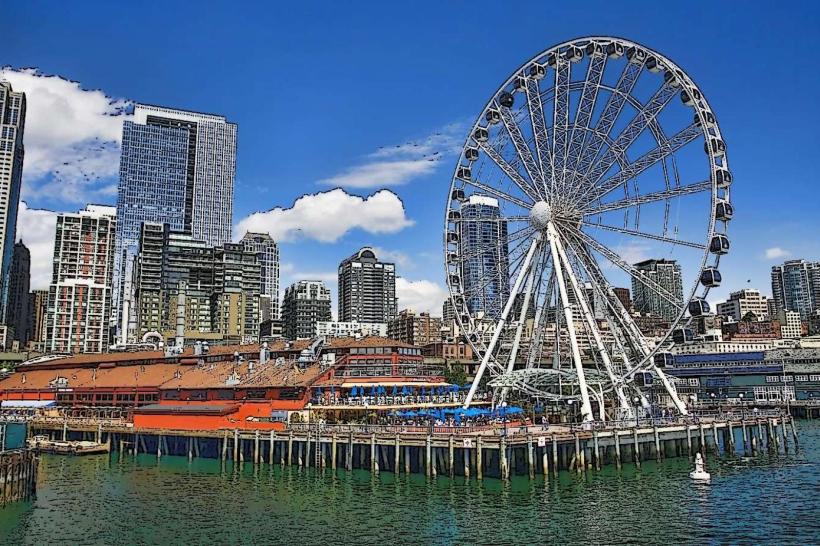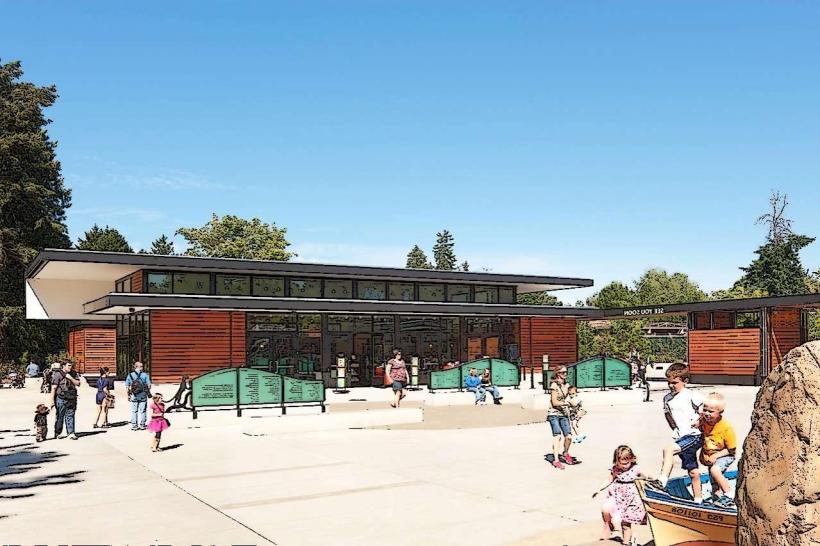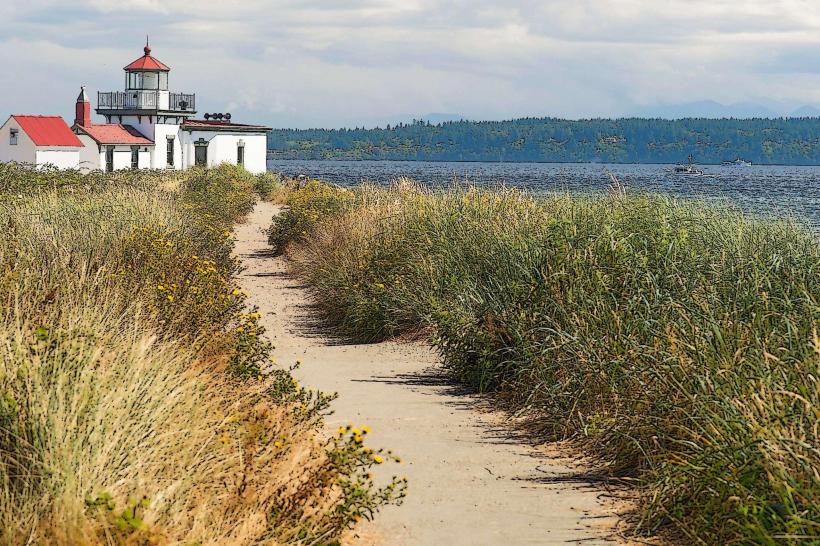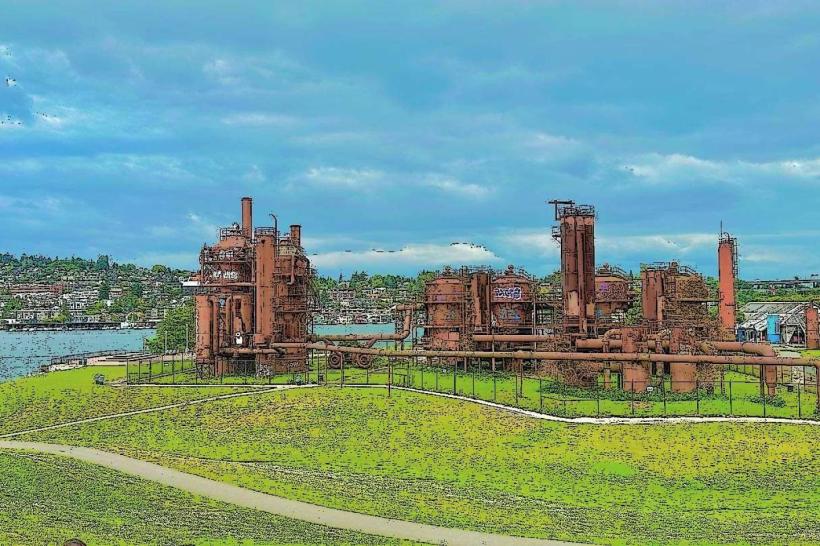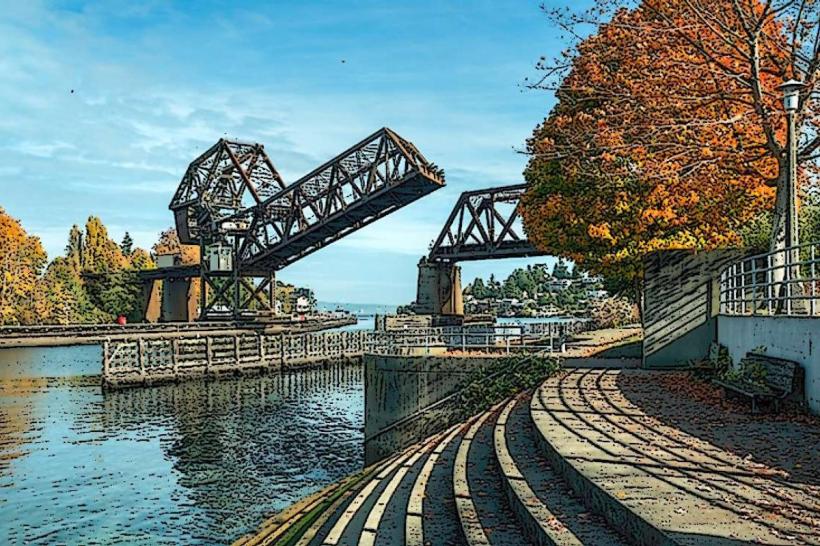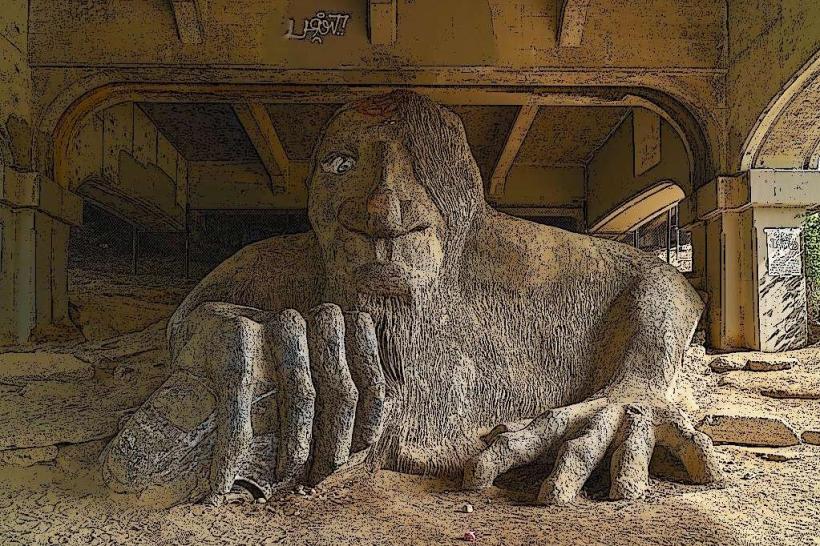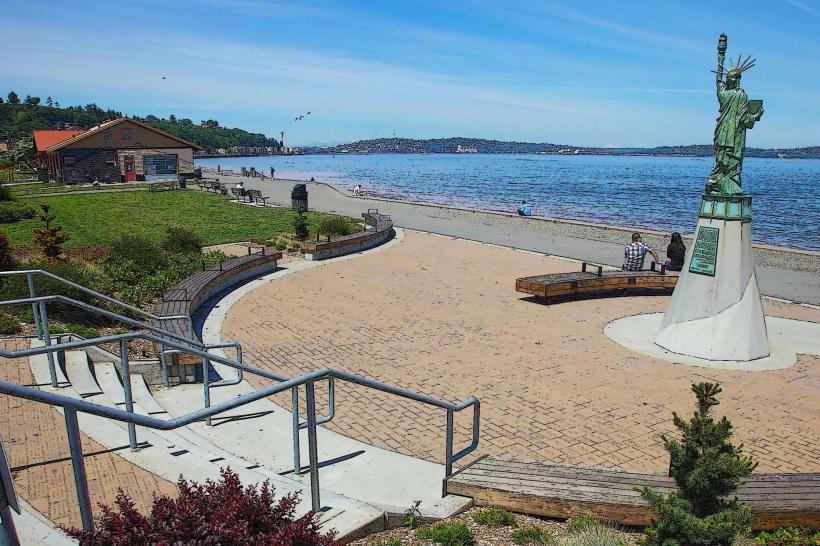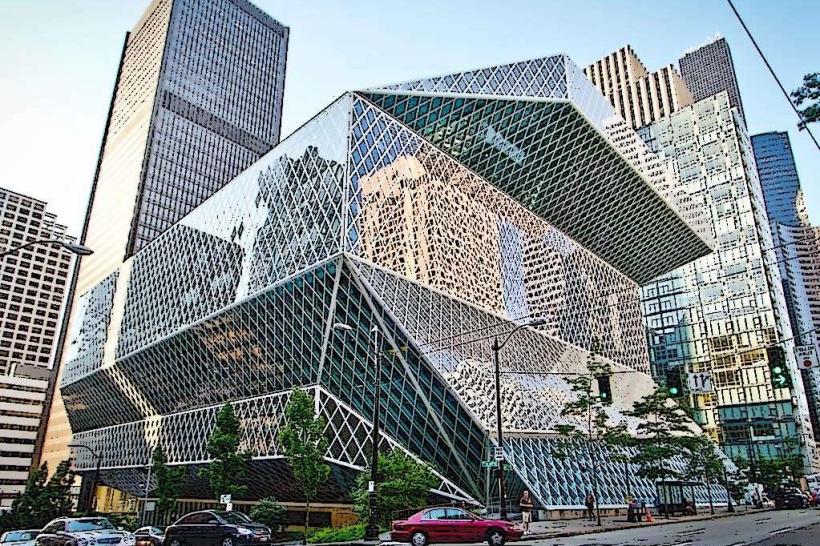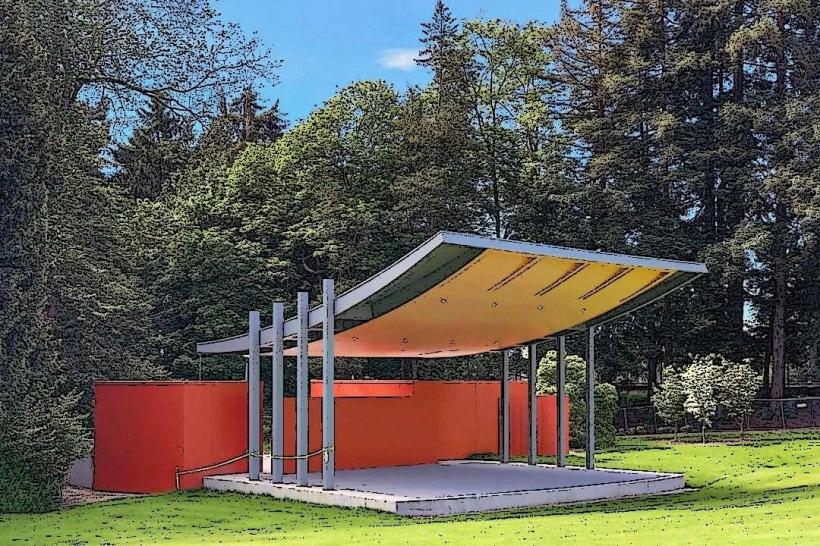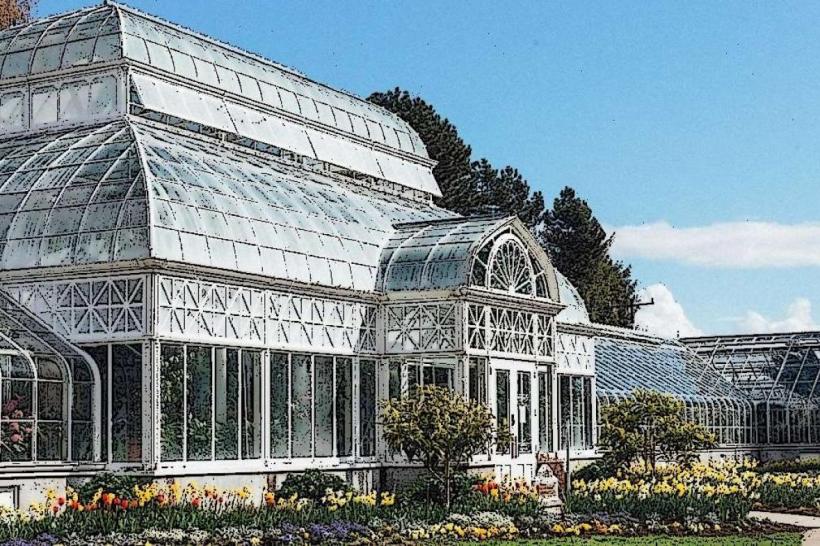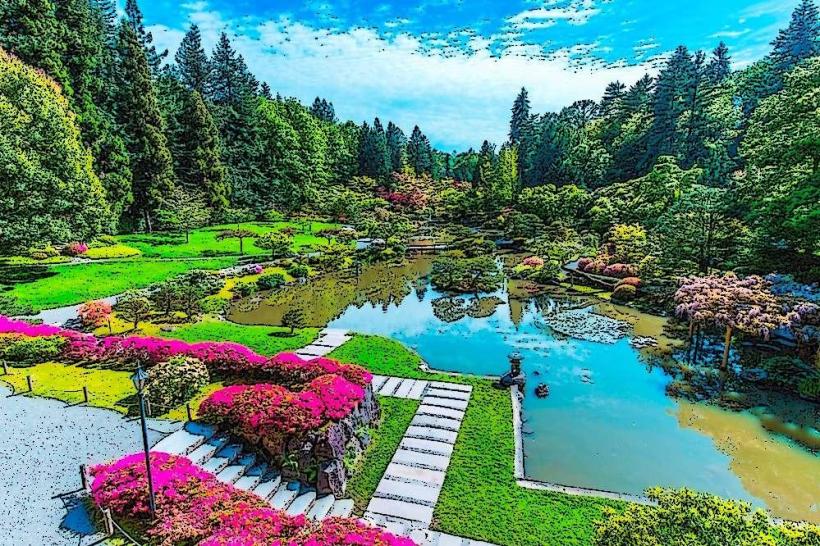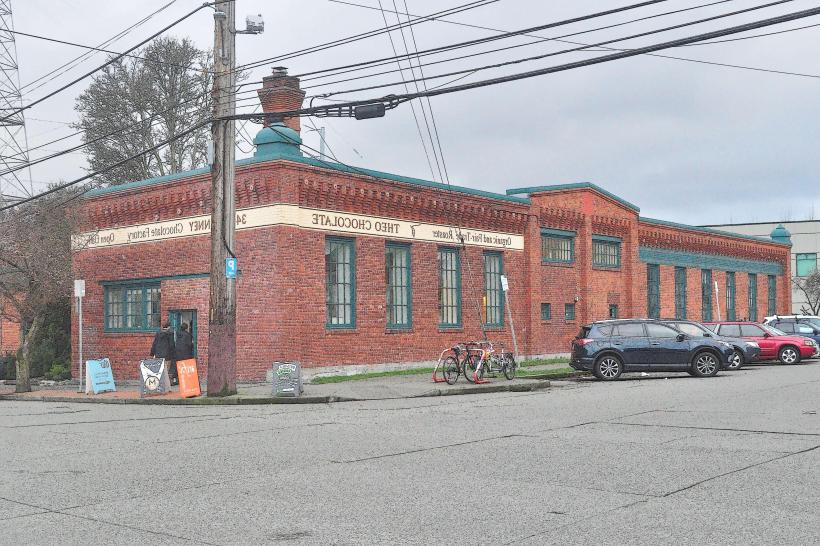Information
Landmark: Washington State Convention CenterCity: Seattle
Country: USA Washington
Continent: North America
Washington State Convention Center, Seattle, USA Washington, North America
Overview
The Seattle Convention Center (SCC), formerly the Washington State Convention Center, stands in the heart of downtown Seattle, hosting major events under its soaring glass atrium, after that this landmark hosts conventions, trade shows, corporate meetings, cultural events, and exhibitions, humming with activity that fuels Seattle’s economy, shapes its business scene, and adds color to its cultural identity.The Washington State Convention Center first welcomed visitors on June 23, 1988, its glass atrium catching the summer sunlight, as well as rising over Interstate 5 where 7th Avenue meets Pike Street, this groundbreaking project drew its $90 million budget from state bonds secured by hotel room taxes.They picked the spot to link downtown’s busiest corners and breathe contemporary life into the streets nearby, where coffee shops sit shuttered and sidewalks feel empty, meanwhile over the years, the center expanded and gained importance, drawing crowds that filled hotel lobbies and café tables, and sparking economic growth by bringing millions of visitors and steady revenue to local businesses.In 2010, the center shifted from a state-run nonprofit to the hands of a locally run Public Facilities District, a change that brought decision-making closer to home, along with the change made operations more flexible and quick to meet local needs, like adjusting delivery routes on the spot.From 2018 to 2023, the convention center carried out a sweeping expansion called the “Summit,” nearly doubling its floor space and adding sleek, state-of-the-art facilities, from airy glass-walled meeting rooms to upgraded lounges, to boot built to handle the surge in demand for massive event venues, this bold expansion aims to put Seattle front and center on both the national and international convention scene-think thousands of people streaming through its doors on opening day.In 2022, the facility swapped its timeworn name, Washington State Convention Center, for the Seattle Convention Center to better match its character and hometown roots, therefore the convention center’s campus stretches across several city blocks, with three main buildings linked together.As it turns out, At 705 Pike, the original Arch building holds 205,700 square feet of exhibit halls, a 45,000-square-foot ballroom, and about 57,000 square feet of meeting space, where you might hear the soft hum of projectors during a conference, subsequently it’s built to handle all kinds of events, from bustling trade shows in wide, open exhibit halls to focused meetings in adaptable conference rooms.At 800 Pike, the Conference Center adds 35,000 square feet of meeting space, spread across 17 rooms-ideal for smaller conferences, breakout sessions, and workshops where you might gather around a whiteboard or huddle over coffee, consequently summit Expansion, opened in 2023, is a bold modern high-rise that brought 573,770 square feet of event space, including a 58,000-square-foot grand ballroom whose ceiling is lined with thousands of pale wormwood planks, lending the room a warm, unmistakable character.In downtown Seattle, the Garden Terrace stretches across 14,000 square feet, offering a rare open-air spot where you can feel the breeze and watch the city lights, to boot the Hillclimb is an inventive mix of suspended stairs and escalators that lifts you from the street to the upper floors, a striking route where glass panels catch the light as you climb.Floor-to-ceiling windows frame sweeping views of the Seattle skyline, with Elliott Bay glittering below and mountains rising in the distance, also the space offers modern perks-shining, adjustable lighting, crisp acoustics, and tech systems ready to handle anything from a tiny seminar to a packed concert.The building earned LEED Platinum status for its sustainable design-features like smart energy use, water-saving fixtures, and materials chosen with the environment in mind, alternatively these buildings work together to form a seamless campus, hosting everything from quiet boardroom meetings to bustling trade shows where the air hums with conversation.The Seattle Convention Center drives the regional economy, pumping in billions each year through direct spending and ripple effects-right down to the busy coffee shops a block away, subsequently since it began, it’s pumped more than $6.1 billion into the economy-enough to keep thousands of storefronts lit at night.Out-of-state visitors bring in over $400 million in sales tax revenue, enough to keep the streets buzzing during peak season, in turn the center keeps thousands of locals working in hospitality, tourism, event planning, and other connected fields-from bustling hotel lobbies to busy conference halls.It’s a key hub that pulls in major gatherings like PAX West’s buzzing gaming halls, Emerald City Comic Con, Sakura-Con’s riot of cosplay and Japanese culture, and the Northwest Flower & Garden Show, each bringing tens of thousands through its doors every year, while the steady stream of visitors fills hotel rooms, keeps restaurant tables busy, boosts shop sales, and fuels the city’s daily buzz, helping Seattle hold onto its lively, magnetic charm, perhaps Sustainability drives every choice in designing and running the Seattle Convention Center, from its sunlit atriums to its energy-saving systems, furthermore the original buildings earned LEED Silver certification, while the Summit expansion reached LEED Platinum-the top tier of environmental recognition-shining with features like sunlit atriums and energy-smart design, loosely The building’s sustainable highlights include energy‑saving HVAC and lighting systems that cut power use, keeping the hum of machinery low, as a result build with reclaimed wood and other materials that come from sustainable sources, like weathered beams pulled from antique barns.Managing rainwater and using fixtures that waste less-like low-flow showerheads-keep water use in check, subsequently expansive glass facades pull in streams of daylight and keep the indoor air fresh and clear.Programs that cut down on waste and boost recycling at events-like setting up vivid bins by the snack tables, after that seattle’s work shows its deep commitment to caring for the environment and sets a novel standard for sustainable practices in huge public spaces, from bustling arenas to open-air parks.The Convention Center sits right in the heart of downtown Seattle, framed by Pike Street, 7th Avenue, and Union Street, with coffee shops just steps from its doors, likewise it’s in a prime spot, just a short stroll from hotels, bustling restaurants, lively shopping streets, and cultural gems like Pike spot Market with its scent of fresh flowers, and the Seattle Art Museum, maybe It’s easy to get here without a car-nearby transit hubs like the Westlake light rail and bus station are just a short stroll away, and trains hum through every few minutes, to boot visitors who drive can pull right into one of several on-site parking garages, while clearly marked ride-share zones make pickups and drop-offs quick and easy.At the Seattle Convention Center, visitors enjoy a space designed with care, where sleek glass walls meet practical layouts that make getting around easy, equally important the exhibit halls feel roomy, and the meeting rooms come ready with crisp sound systems, dazzling projectors, and layouts you can rearrange in minutes.At the Summit, the Garden Terrace gives you a breath of fresh air-an open, sunlit space you almost never find in the heart of a city’s convention center, subsequently on-site dining and catering cover every event need, from a quick sandwich at the concession stand to a full white-tablecloth banquet.Concierge and event planners handle everything from smooth logistics to hands-on tech support, tailoring each detail-like adjusting the lighting-to fit the organizer’s vision, simultaneously all year long, the center welcomes the public to concerts, art shows, and other cultural gatherings, bringing fresh energy to locals and visitors alike.The Seattle Convention Center-once called the Washington State Convention Center-anchors downtown, its glass-fronted halls a familiar sight to anyone walking past, furthermore it’s evolving, like a shadow stretching across the wall at dusk.
Author: Tourist Landmarks
Date: 2025-10-05

